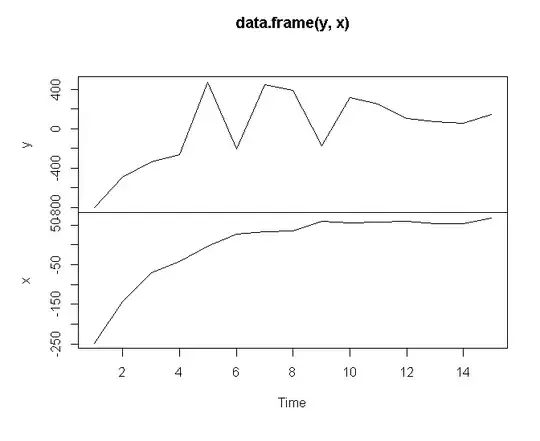What is the best graph? A scatter plot with a color by can be misleading. For example, let us say that we measure products such as cars on value, driving experience, and service. Since each measure is a ranking people naturally focus on the position of each observation along the X and Y axis. Products in the top right corner are perceived as better than those in the lower left corner. But in this case the position of the products in the visual can be dependent on the choice of which variables go on Y, X and Z. How do you eliminate such confusion/bias? Is there a better graph or best practice.
Asked
Active
Viewed 476 times
1
mdewey
- 16,541
- 22
- 30
- 57
Rado Kotorov
- 11
- 1
-
Closely related questions: [Displaying Ordinal Data - Means, Medians, and Mean Ranks](http://stats.stackexchange.com/q/136323/22228) is for univariate ordinal data, and [Graph for relationship between two ordinal variables](http://stats.stackexchange.com/q/56322/22228) is for bivariate ordinal data. – Silverfish Nov 21 '15 at 22:27
1 Answers
2
The answer to this question is clearly more of an "art" than a "science"
I agree that your brain will automatically emphasize y-axis (in a 2d graph) or z-axis (in a 3d graph) more than the other features that can be varied.
Here are 2 ideas, 1. Put the scatter on 3 axis, and rotate so that even the vertical axis is not exactly vertical.
- Add visual weight to the third variable by using shade AND size.
OK, this is not quite an example of the idea above, but it uses 4 features (x, y, size and color) so you can imagine how the idea above can be implemented

nigelhenry
- 181
- 3
-
Thanks for the answer. Would a spider chart be more apporpriate? I am trying to figure how the eyes can be protected from infering wrong correlation. Seems they the brail will see the bi variate correlation and ignore the third variable. It is an illusion but to me the visual should try to prevent it – Rado Kotorov Nov 22 '15 at 17:31
-
I see - that is a good suggestion - so shade and size by the same variable. Thanks. This may work – Rado Kotorov Nov 22 '15 at 17:32
